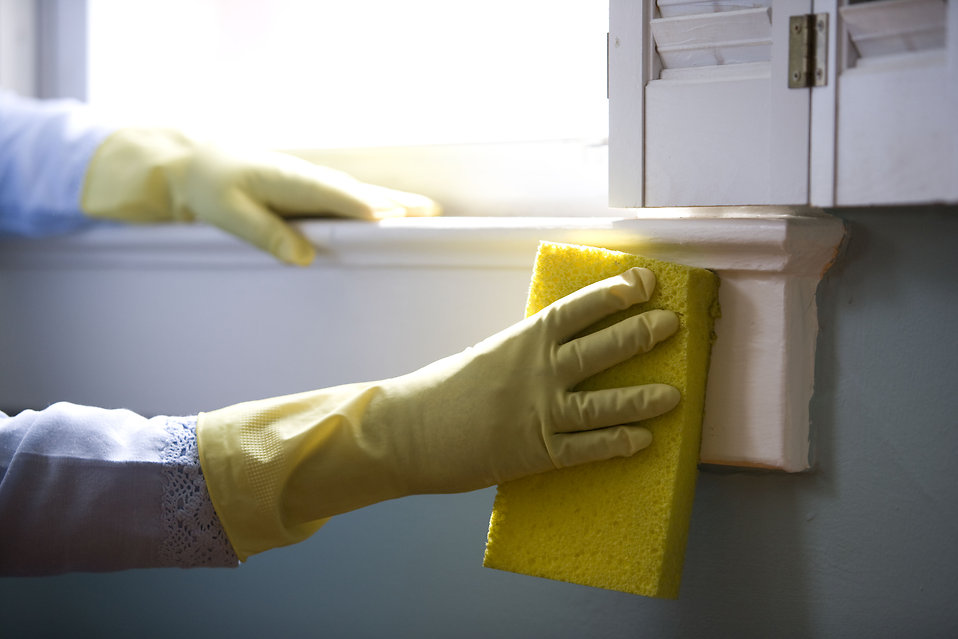Is this mold or mildew? Is this something serious or can I clean it myself? You’ve probably asked yourself these questions before and you are not alone. Mold and mildew are similar in nature and can be easy to confuse. Both are fungus, and both thrive in moist environments (you’ve most likely wondered about a spot in your bathroom).
Here is how you can differentiate between mildew and mold:
- The appearance of mold is usually slimy and fuzzy (mold is what appears on rotten food). It is typically red, green, blue, and black in color.
- The appearance of mildew generally looks like a powder and is more gray and white in color.
- Mildew is often found in and around showers, bathtubs, sinks, toilets and even bathroom walls. Mildew, particularly in bathrooms, is incredibly common regardless of how you may clean.
- Mold is more often found on ceilings and walls. Toxic black mold usually grows out of sight and in a damper, darker environment. Toxic black mold requires a lot of moisture over a long period of time to grow. Often, an unknown water leak can cause toxic black mold.
Preventing mold & mildew:
- Eliminate as much moisture as possible. Steam from hot showers is one of the most common sources of moisture, so it is particularly important to use a ventilation fan and keep interior doors open to enhance airflow.
- Use a cleaner! If you notice small spots, scrub the surface with a cleaner that contains bleach (be sure to wear gloves and avoid contact with the skin and eyes).



